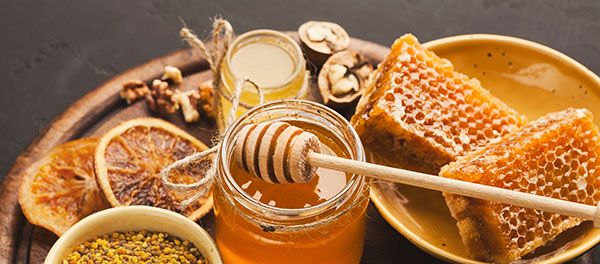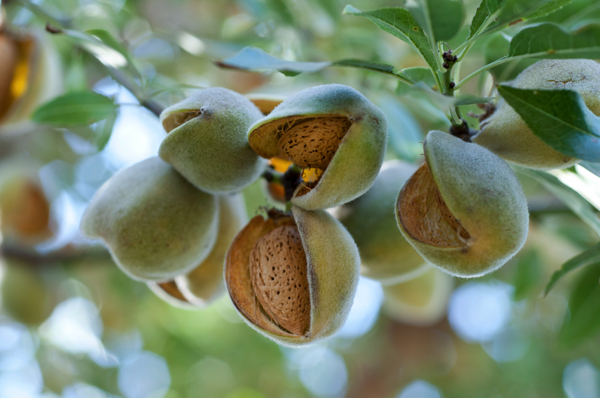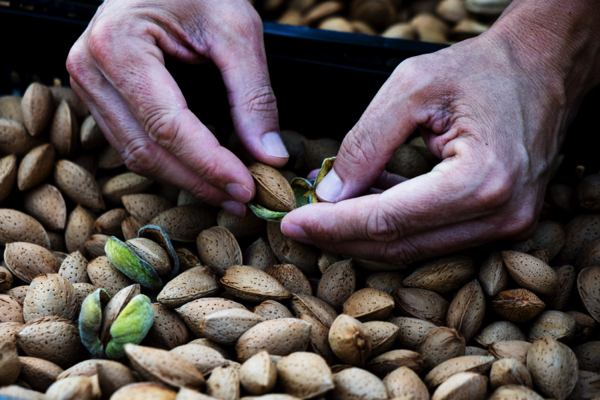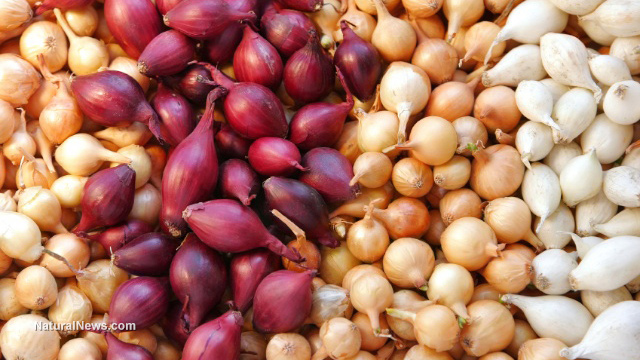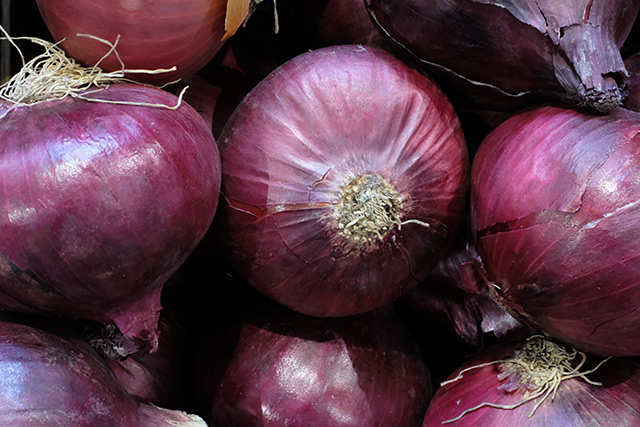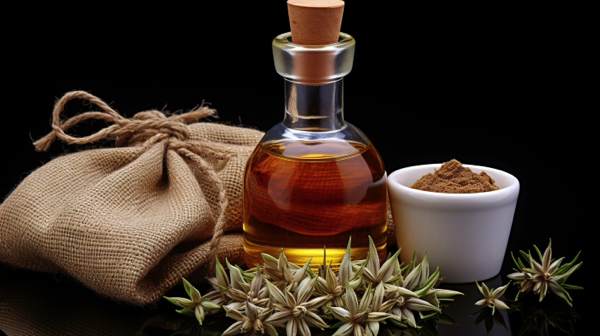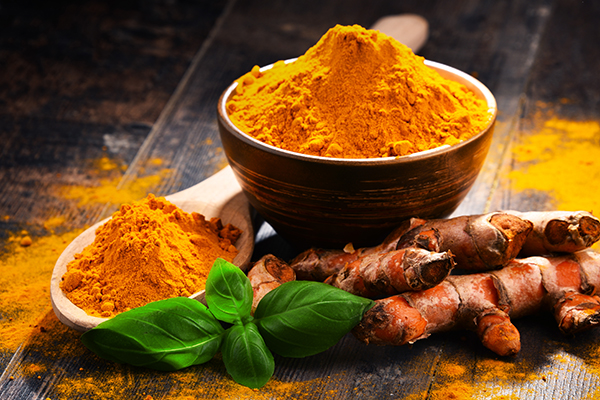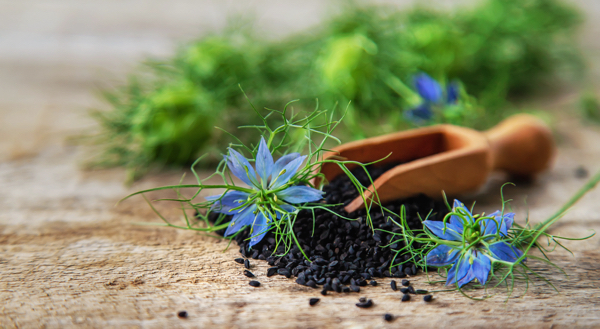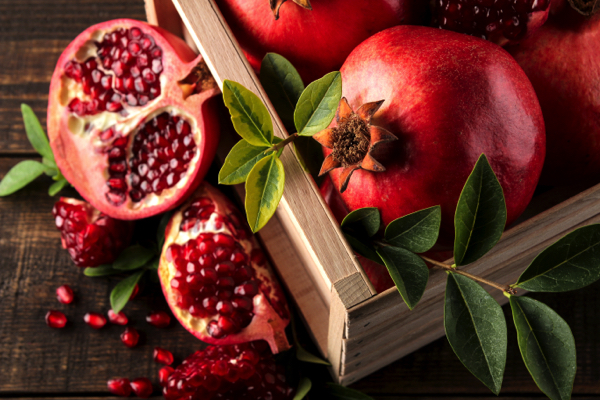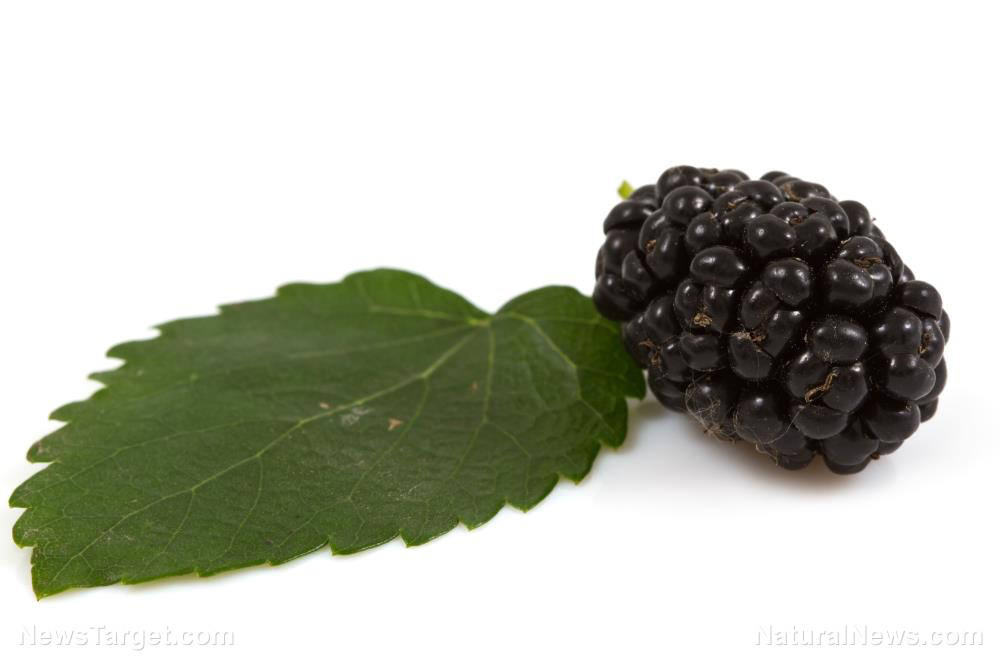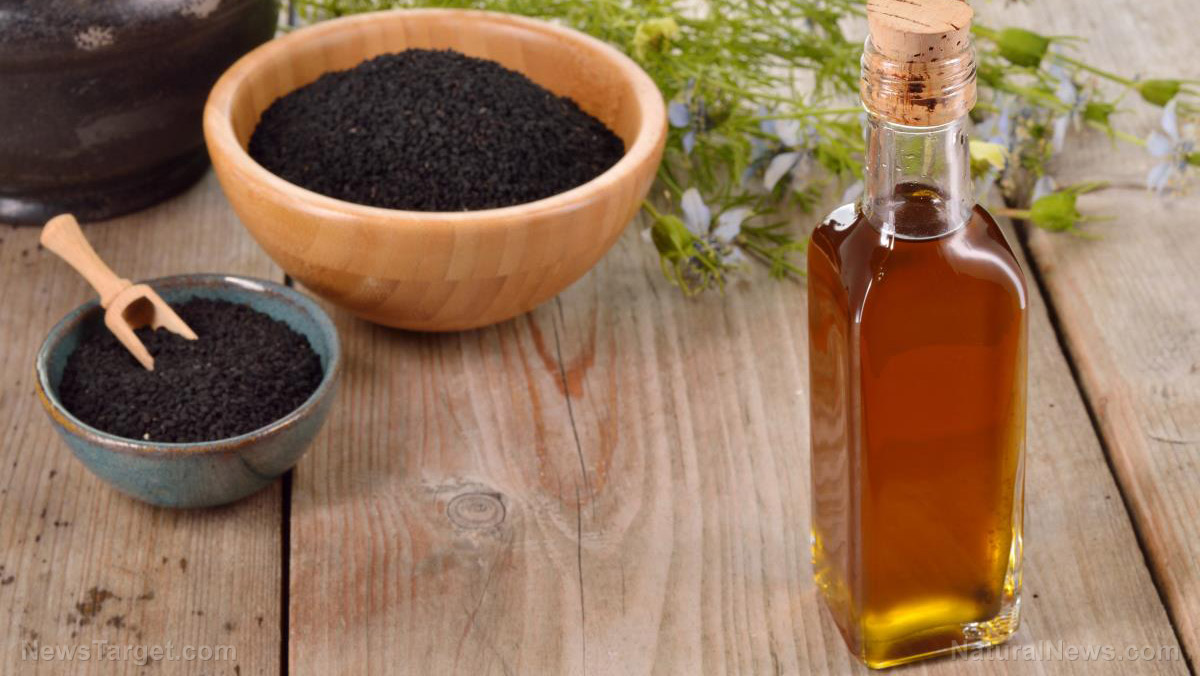7 Popular honey varieties and their science-backed health benefits
10/24/2024 / By Olivia Cook

Different honey varieties offer distinct characteristics and health benefits depending on the flowers, plants or trees the bees get their nectar from and pollinate – giving each type its color, flavor profile and medicinal qualities.
The exact composition of honey varies depending on the climate, region, the flowers the bees visit and how the honey is processed. Despite these differences, modern research has found numerous health-enhancing properties and wellness benefits of honey. From its potent anti-inflammatory effects and antioxidant power to its ability to combat harmful bacteria, fungi, viruses and other pathogens, honey’s benefits extend far beyond its sweetness.
Here are seven popular honey varieties and their science-backed health benefits.
Manuka honey
Primarily produced in New Zealand and Australia from the nectar of the Leptospermum scoparium (Manuka bush), Manuka honey has earned a reputation as one of the most powerful medicinal honeys in the world. This honey is typically dark in color – ranging from deep amber to brown – with a thick, rich consistency. It has a distinctive earthy, almost medicinal flavor, which can be quite intense compared to milder honeys.
What truly sets Manuka honey apart is its high concentration of methylglyoxal (MGO), a compound responsible for its potent antibacterial properties. The strength of Manuka honey is measured using the unique Manuka factor (UMF), which rates the concentration of MGO and other bioactive compounds. The higher the UMF rating on the label, the more potent the honey’s antibacterial effects.
Studies confirm that Manuka honey is effective against antibiotic-resistant bacteria like Staphylococcus aureus (MRSA) – making it a valuable tool in infection prevention and wound care. Additionally, its oral health benefits – reducing gum inflammation and plaque – have been well-documented.
Buckwheat honey
This honey variety comes from the nectar of buckwheat flowers and is predominantly produced in Canada, Eastern Europe and the United States. Its dark, molasses-like color and thick syrupy consistency distinguish it from lighter honeys. Buckwheat honey has a strong, earthy flavor that can be slightly bitter, with hints of malt or molasses.
This variety is loaded with polyphenols – potent antioxidants that help combat oxidative stress and support overall immune health. The darker the honey, the higher its antioxidant activity, making buckwheat honey one of the most antioxidant-rich varieties available.
Research shows that buckwheat honey has significant antioxidant activity, which can help reduce the risk of chronic diseases like cancer and heart disease. Additionally, it is known to soothe persistent coughs and boost respiratory health.
Acacia honey
Also known as locust honey, acacia honey is primarily produced in Eastern Europe, particularly in Hungary and Romania, from the nectar of the black locust tree (Robinia pseudoacacia). It is pale in color, almost transparent, with a smooth, runny consistency. Acacia honey has a mild, floral taste – making it one of the most delicate and light-tasting kinds of honey available – perfect for those who prefer less intense sweetness.
Acacia honey stands out not only for its low glycemic index (GI), which makes it a better choice for individuals managing blood sugar levels already within the normal range but also for its high fructose content. This higher fructose ratio slows down the crystallization process – meaning acacia honey stays liquid for much longer than other types of honey, giving it an extended shelf life. This makes it a convenient option for long-term storage and use.
Acacia honey’s low GI makes it a suitable sweetener for those with diabetes or anyone looking to avoid blood sugar spikes. It also has mild antibacterial and anti-inflammatory properties – supporting overall health and digestive function.
Eucalyptus honey
Eucalyptus honey is made from the nectar of eucalyptus trees, primarily in Australia, Portugal and Spain. It has a medium amber color and a thick, syrupy consistency. This honey has a strong, distinctive medicinal flavor, with undertones of herbs or menthol – similar to the taste of eucalyptus oil.
Eucalyptus honey is well-regarded for its antimicrobial and anti-inflammatory properties – particularly its ability to help with respiratory conditions. The plant’s essential oils lend some of their therapeutic qualities to the honey – giving it an edge in treating persistent colds and coughs.
Studies suggest that eucalyptus honey can help soothe respiratory symptoms like coughs and sore throat, while its antibacterial effects make it a useful natural remedy during flu season. Its anti-inflammatory properties also support immune health.
Add eucalyptus honey to herbal teas for a double dose of natural respiratory support.
Orange blossom honey
Orange blossom honey is primarily produced in regions where citrus trees thrive, such as Mexico, Spain and the U.S. (California and Florida). It is light in color – ranging from pale yellow to light amber and has a thin, liquid consistency. This honey has a delicate, citrusy flavor, with floral undertones that make it a favorite for sweetening beverages or desserts.
Orange blossom honey contains a good amount of glucose and fructose – giving it a quick energy boost. Additionally, research has shown that it has calming effects – helping to reduce anxiety and stress. Studies indicate that orange blossom honey can help alleviate stress and promote relaxation. It also offers moderate antimicrobial and antioxidant properties, though its primary appeal is its calming effect.
Alfalfa honey
Alfalfa honey is mainly produced in Canada and the U.S., where alfalfa plants flourish. It has a light amber hue and a smooth, spreadable consistency. Alfalfa honey has a mild, slightly floral taste – making it a popular choice for those who prefer subtler flavors.
Known for its soothing effect on the digestive system, alfalfa honey is often recommended for people with gastrointestinal issues. It contains enzymes that promote healthy digestion and gut function while its mild antibacterial properties offer added health benefits.
Clover honey
From the nectar of clover plants, clover honey is widely produced in countries like Canada, New Zealand and the United States. It is typically light amber or golden in color, with a smooth and spreadable consistency. Clover honey is mild and sweet, with a floral taste that makes it a popular choice for everyday use.
Clover honey is a versatile honey that offers moderate antibacterial and anti-inflammatory effects. It has been studied for its ability to soothe persistent coughs and sore throats and its antibacterial properties make it a good option for minor wound care. Its antioxidant content also helps fight free radicals – although less intensively than darker types of honey.
Visit NaturalMedicine.news for more stories like this.
Watch this video to learn more about manuka honey benefits.
This video is from the All About Herbs channel on Brighteon.com.
More related stories:
See clearly with this sweet cure: Study shows honey can help treat dry eye disease.
Honey can serve as a natural treatment for people with bronchial asthma.
Sources include:
Submit a correction >>
Tagged Under:
This article may contain statements that reflect the opinion of the author
RECENT NEWS & ARTICLES
COPYRIGHT © 2017 SUPERFOODS NEWS

